Best smartwatch 2025: wrist wearables for the discerning consumer
The best smartwatches worth buying today tested, reviewed and ranked


Spencer Hart
Are you ready to dive into the world of the best smartwatches? Hold onto your hats (or, should I say, your wrists) because we're about to embark on a wild ride through the latest and greatest wrist wearables.
Choosing the perfect smartwatch can feel like trying to find a needle in a haystack...while blindfolded...in a hurricane. But fear not! I've braved the storm of options, from the best-in-class Apple Watch to the health-wizard Samsung Galaxy Watch, to bring you the crème de la crème of wrist tech.
I have put these gadgets through the wringer, wearing them to bed, taking them on runs, and even attempting to decipher their cryptic notification codes. You will never see me without at least two wearables wrapped around my wrists and donning at least one of the best smart rings!
So strap in, grab your popcorn, and get ready for a rollercoaster ride through the best smartwatches on the market. And hey, if you're into wearables, visit other T3 guides on the subject, also curated by me, including the best Apple Watches.
The best smartwatches to buy right now
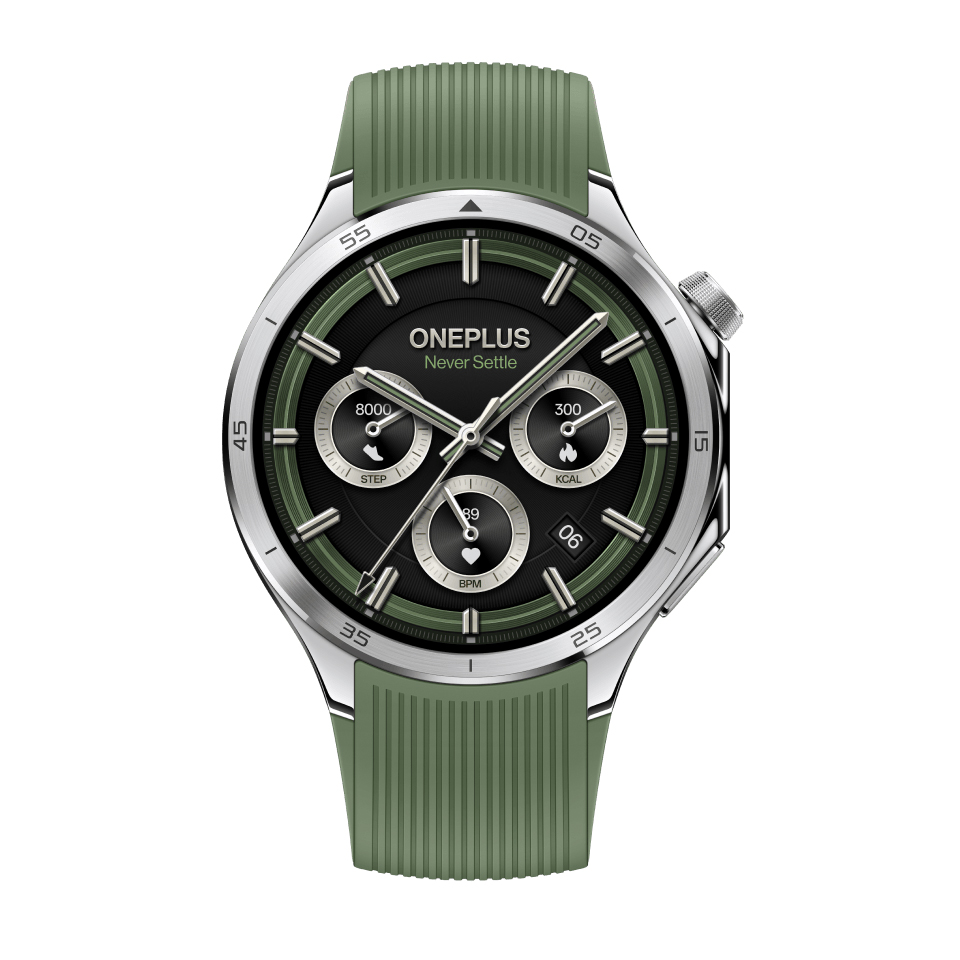
The OnePlus Watch 3 refines its predecessor with an AMOLED screen, rotating crown, dual‑chip setup, and robust health tracking, all while delivering a 5‑day battery life. It is stylish, loaded with features, and ideal for Android users who hate nightly charging, as long as you have a large enough wrist.
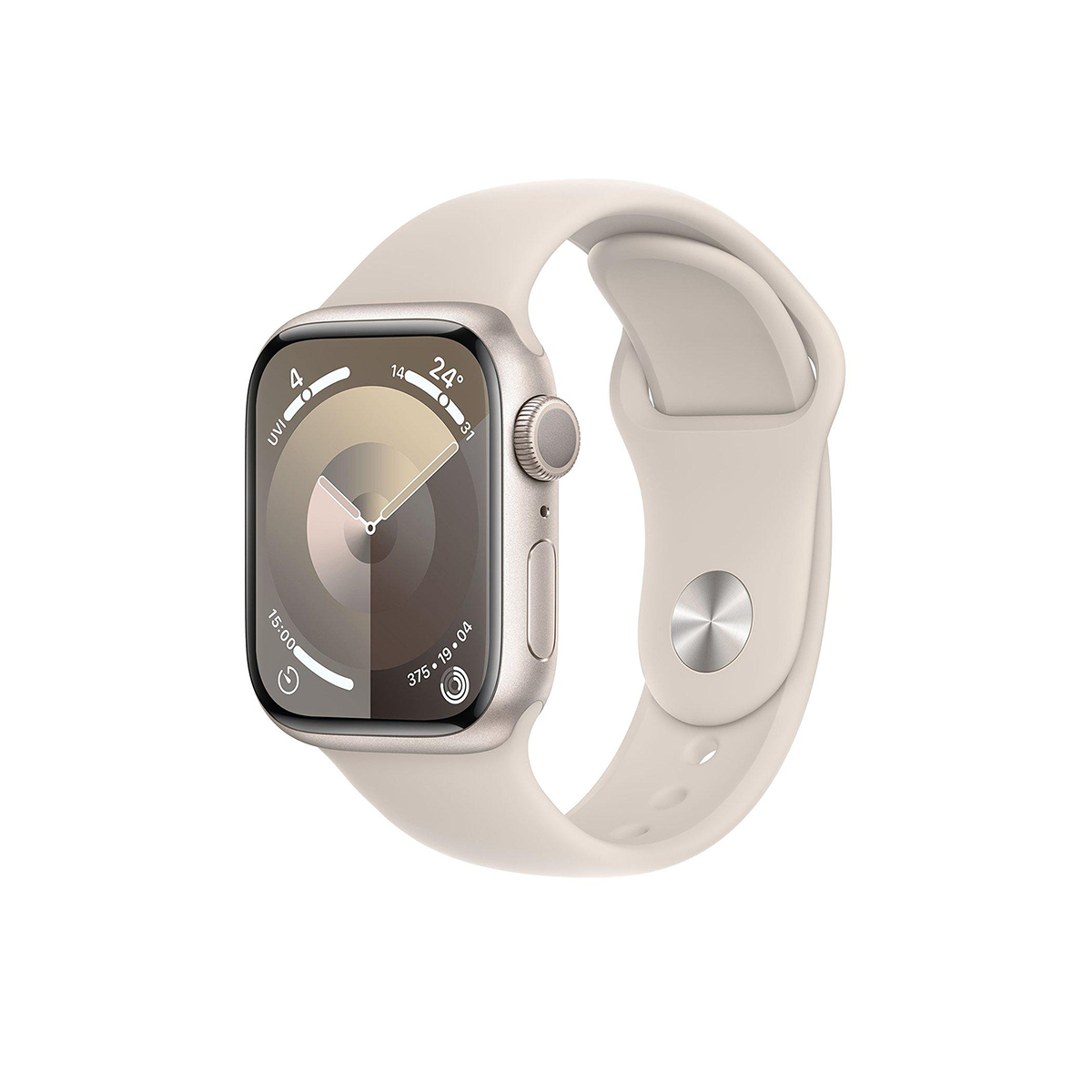
The Apple Watch Series 9 features a brighter display, a faster S9 chip, gesture controls, and improved sustainability. While the battery life remains 18 hours, the watch excels with new health and fitness features, offline Siri, and robust HomePod integration, making it a significant upgrade for older models.
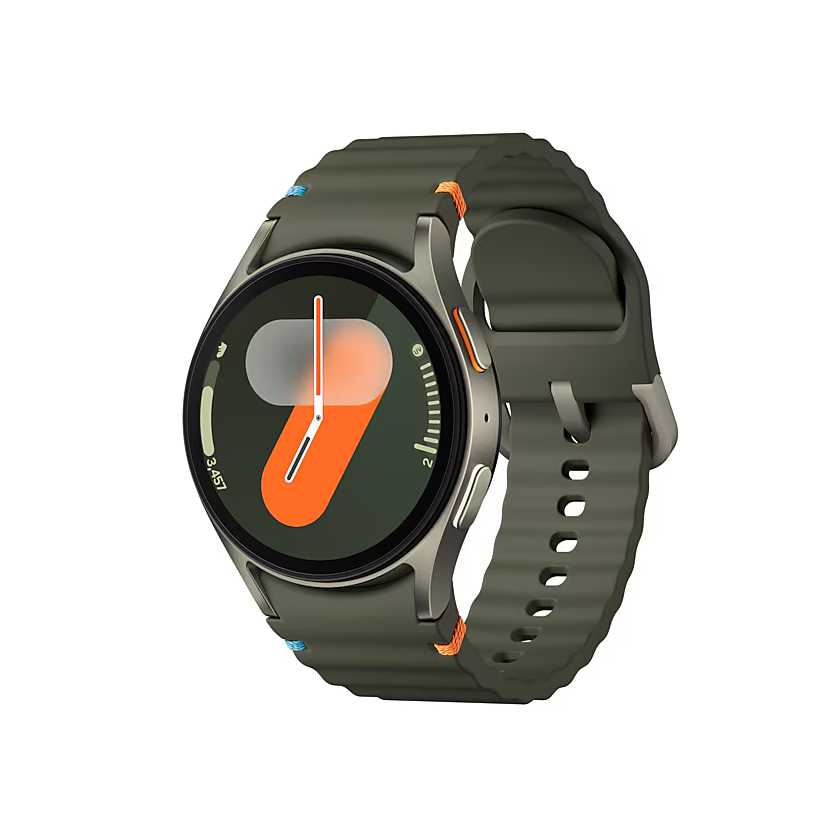
The Samsung Galaxy Watch 7 impresses with AI-enhanced health features, a sleek design, and a bright display. It boasts improved battery life and seamless performance, making it a top contender for those seeking a stylish, functional smartwatch.
Best overall
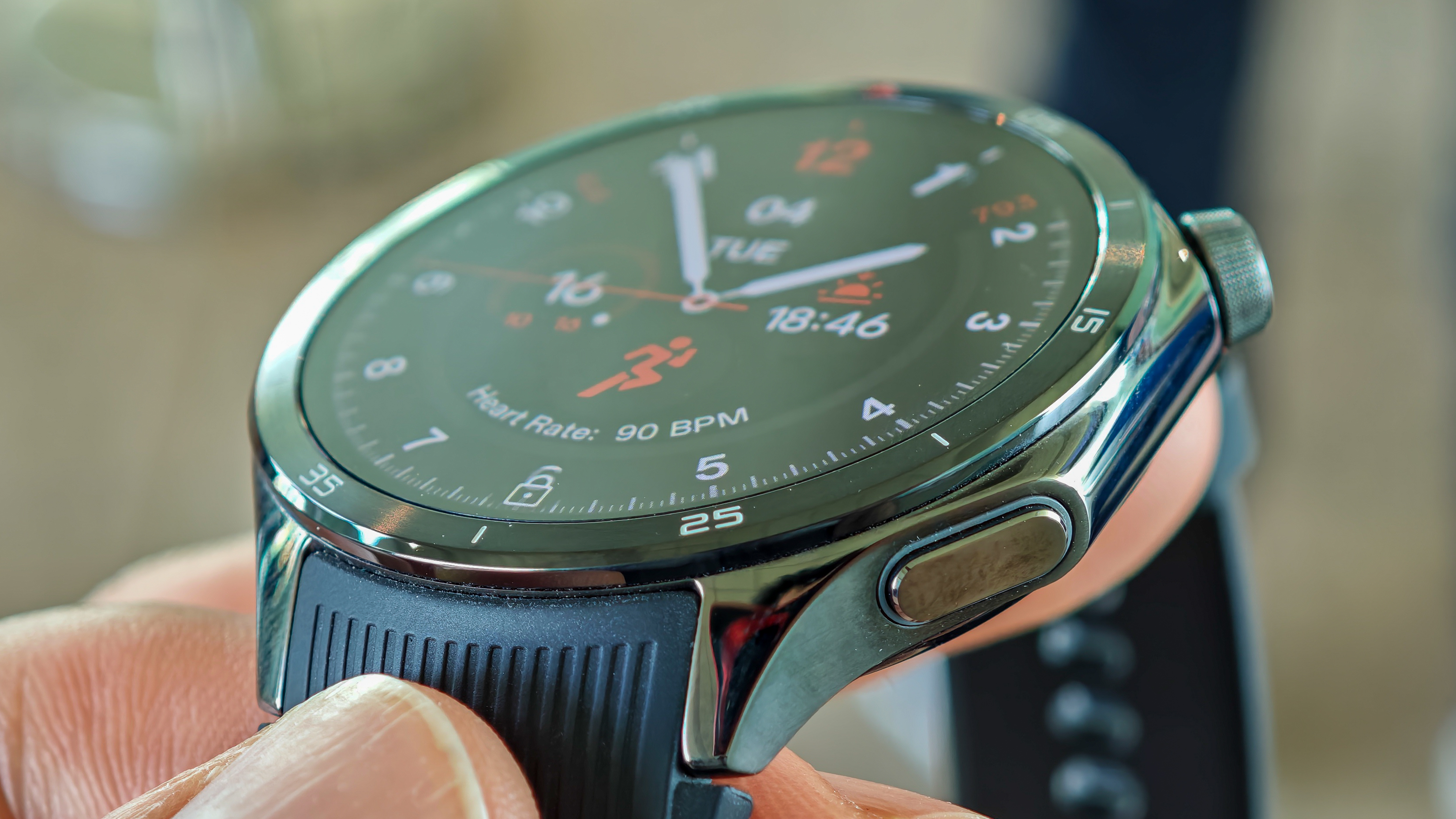
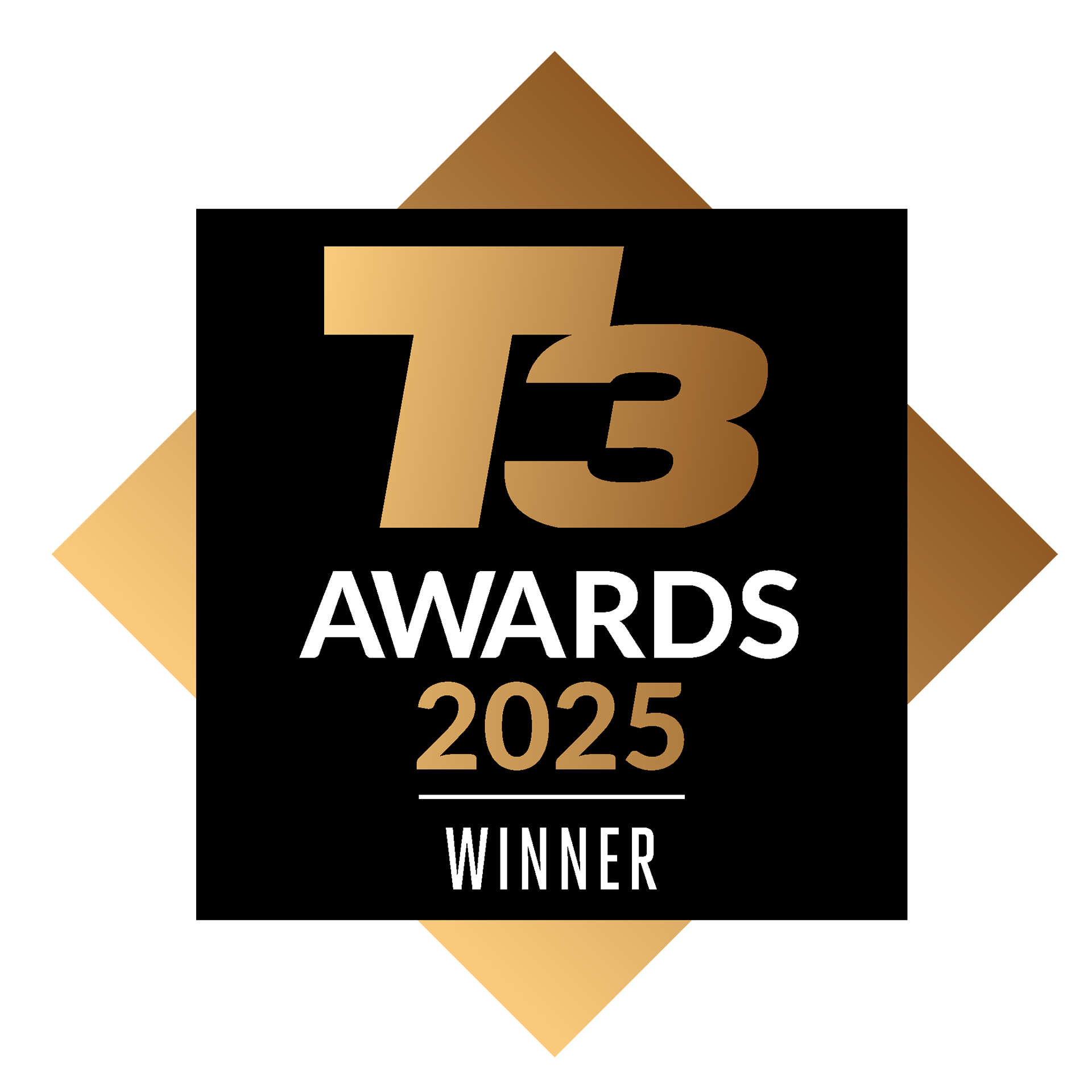
Specifications
Reasons to buy
Reasons to avoid
The OnePlus Watch 3 is a compelling Wear OS device that expertly blends style, endurance, and smart features. With a sleek stainless-steel body, sapphire‑coated 1.5″ AMOLED screen, and a newly functional rotating crown, it feels premium and user‑friendly.
Powered by a dual‑chip design (Snapdragon W5 + BES2800), we were particularly impressed with its stellar battery life, around five days in smart mode and up to 16 days in power‑save mode. We were even more pleased with its fast 10W USB-C charging system, allowing quick top-ups when needed.
The watch is feature-rich, offering Google Assistant, 100+ sport modes, dual-frequency GPS, ECG (region-dependent), SpO₂, wrist temperature, vascular age, and a 60‑second health check. Fitness tracking is robust, though sports-specific features, like swim metrics, aren’t class-leading.
Minor quibbles, such as the rather large case, aside, the OnePlus Watch 3 is a brilliant example of a solid mid-range smartwatch that punches well above its weight. Highly recommended.
Read our full OnePlus Watch 3 review.
Best for iPhone
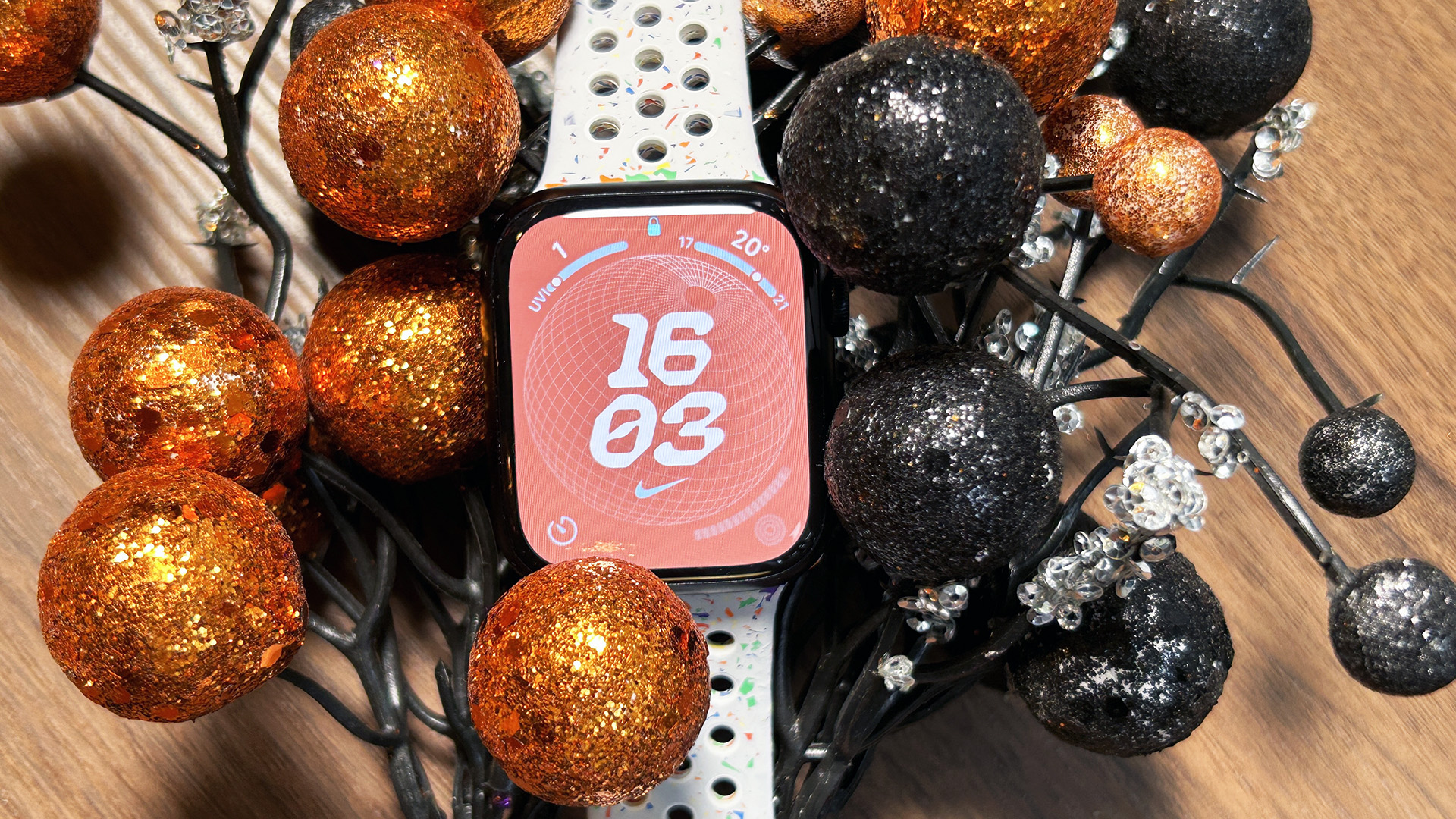

Specifications
Reasons to buy
Reasons to avoid
The Apple Watch Series 9 might look the same as the Series 8 (or even the Series 7), but it provides a different user experience than previous iterations of the wearable. It has a brighter display, a faster microchip, exclusive features, and a somewhat more sustainable construction, too.
We think the Apple Watch Series 9 provides the best smartwatch experience for iPhone users on the market today. There might be wearables, even on this list, with longer battery life or even more features, but we're yet to see any brand surpassing Apple's platform, which the brand has been building and refining for a long time.
The Series 9 might have been surpassed by the Series 10 in 2024, but from a value-for-money point of view, nothing beats the former. The imminent launch of the Series 11 might change things, but we'll have to wait until September 2025 to find out.
If you have an iPhone, it's obvious you need the Apple Watch Series 9 wrapped around your wrist. If you're an Android smartphone user, you're better off picking an alternative watch from the list below (or above).
Read our full Apple Watch Series 9 review.
Best health tracking
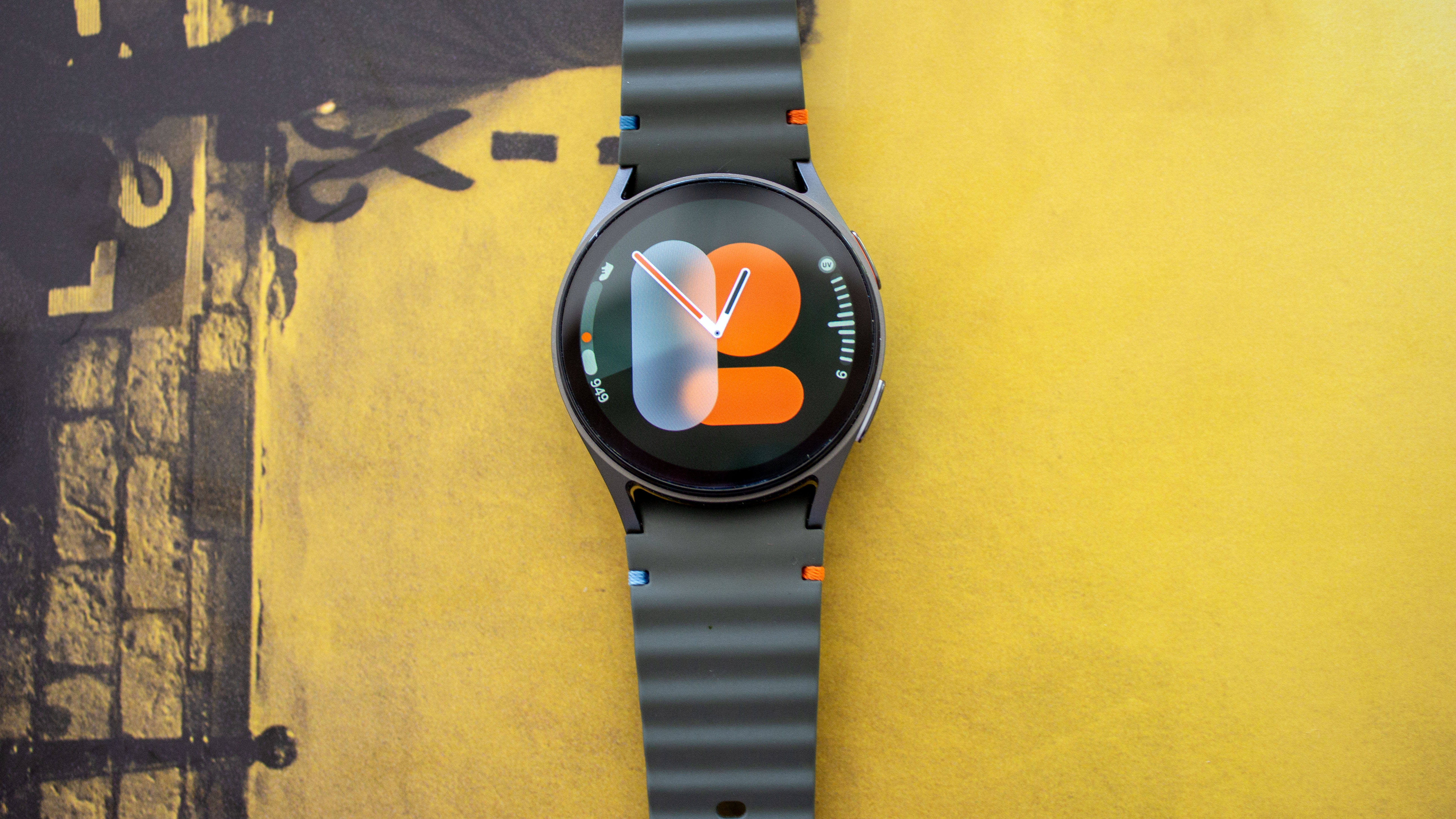

Specifications
Reasons to buy
Reasons to avoid
We found the latest Galaxy Watch to be a remarkable advancement in the smartwatch industry. The watch features a sophisticated design with a premium feel, making it both stylish and durable. Its bright and responsive display enhances user interaction, providing a clear and vibrant interface.
One of the standout features is the integration of AI, which significantly boosts the watch's functionality. The AI-driven health and fitness tracking capabilities are impressive, offering advanced sleep tracking, accurate heart rate monitoring, and detailed fitness tracking. These features are not just accurate but also intuitive, providing personalised and actionable insights and suggestions.
The software experience on the Galaxy Watch 7 is smooth and user-friendly. The watch runs on the latest version of Wear OS, enhanced with Samsung's unique touches. The interface is easy to navigate, and the performance is snappy, with no noticeable lag or slowdowns.
If only the Galaxy Watch 7 introduces a few more innovations, it would sit at the top of this list. It's still in top 3 as it is, which says a lot about the capabilities of this wearable.
Read our full Samsung Galaxy Watch 7 review.
Be sure to check our Samsung discount codes to get a great deal.
Best affordable
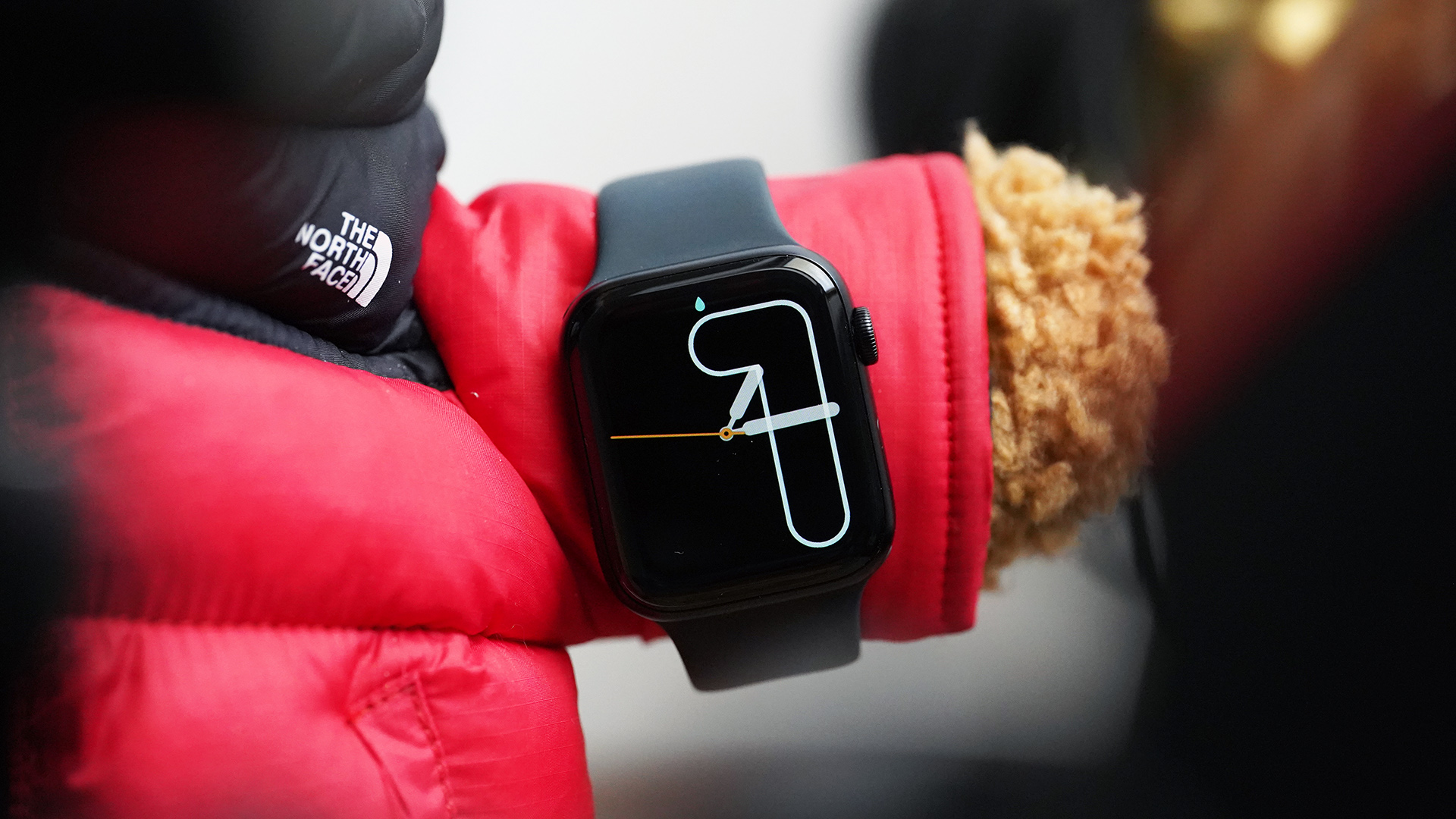

Specifications
Reasons to buy
Reasons to avoid
The Apple Watch SE 2 manages to strike a balance between affordability and functionality, making it a compelling option for users looking for a budget-friendly smartwatch. While it may not boast groundbreaking changes compared to its predecessor, it does come with some notable upgrades, both in terms of hardware and software.
One of the most appealing aspects of the SE 2 is its lower price point compared to other Apple Watch models, making it accessible to a wider audience. Despite being more affordable, it still offers a range of features that cater to the needs of everyday users, from fitness tracking to notifications and more.
Moreover, Apple's track record of providing software updates for its wearables ensures that users can enjoy continued support and enhancements long after the initial purchase. This adds value to the SE 2, giving users peace of mind knowing that their device will remain up-to-date and functional for years to come.
However, it's important to note that the SE 2 does have some limitations compared to higher-end Apple Watch models. It may not have all the advanced sensors and features found in the flagship models, but for most users, it provides more than enough functionality for daily use.
Read our full Apple Watch SE 2 review.
Best mid-range
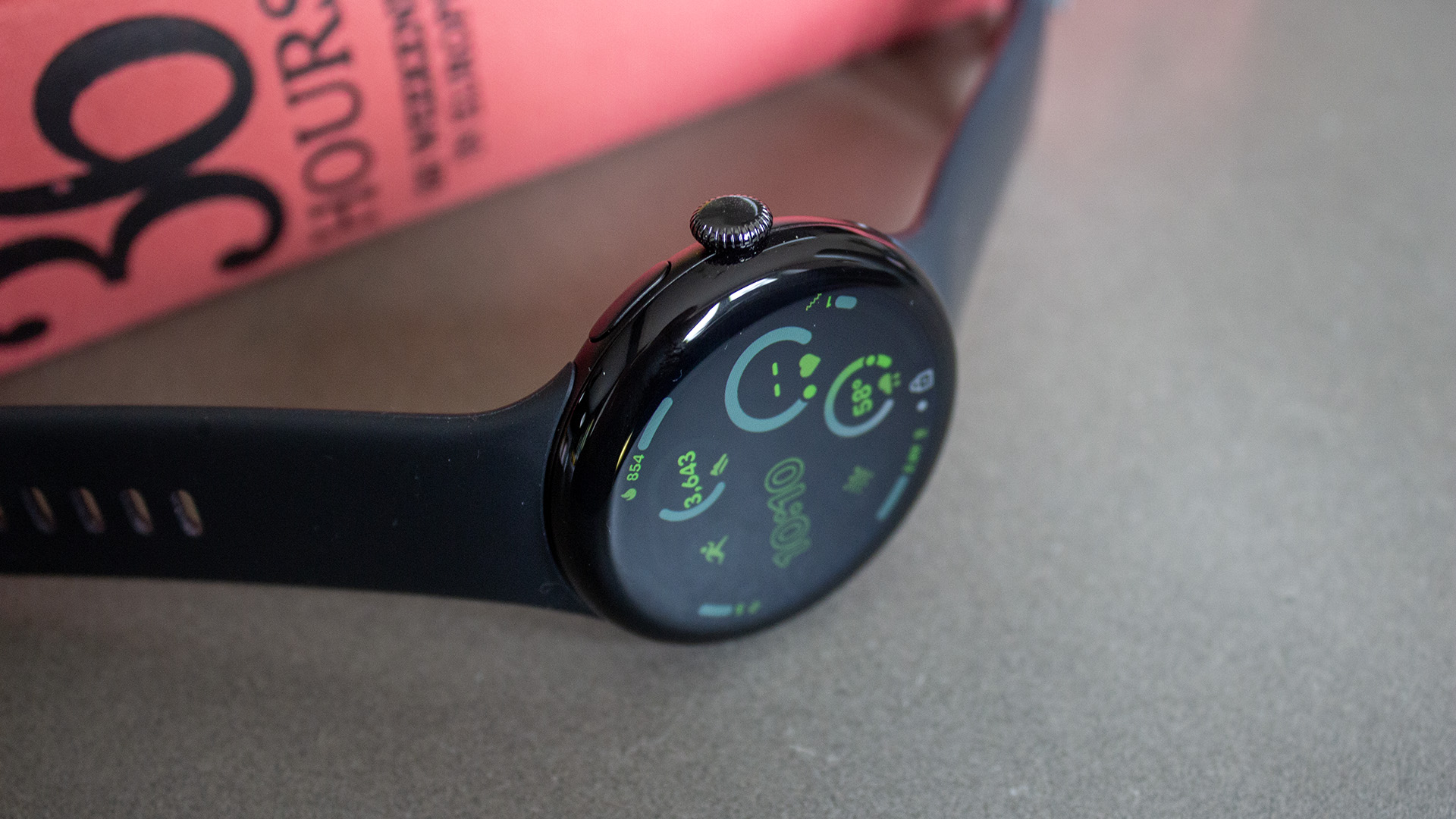

Specifications
Reasons to buy
Reasons to avoid
The Google Pixel Watch 3 is a brilliant Android smartwatch with a sophisticated design that blends seamlessly into the Pixel ecosystem.
Its refined, slimmed-down look and narrower bezels give it a more modern appearance than its predecessor, while the improved screen brightness ensures it’s readable in all lighting conditions. This clarity is paired with a user-friendly interface that’s designed to make day-to-day usage smoother and more enjoyable, especially for those accustomed to Android's features.
Fitness enthusiasts will appreciate the enhanced integration with Fitbit, bringing health insights and tracking options right to their wrist. The Pixel Watch 3 offers detailed metrics for activities like heart rate, sleep, and workout monitoring – great for casual users.
However, it’s worth noting that certain advanced features require a Fitbit Premium subscription, which might be a drawback for those looking for comprehensive functionality out of the box. In terms of customisation, the watch's band mechanism allows for strap swaps, although some users might find the design a bit finicky.
Nonetheless, for Android users invested in Google’s ecosystem, the Pixel Watch 3 is a polished and practical choice that combines style with a robust set of health-focused tools, positioning it as a strong competitor in the current smartwatch market.
Read our full Google Pixel Watch 3 review.
Best rugged
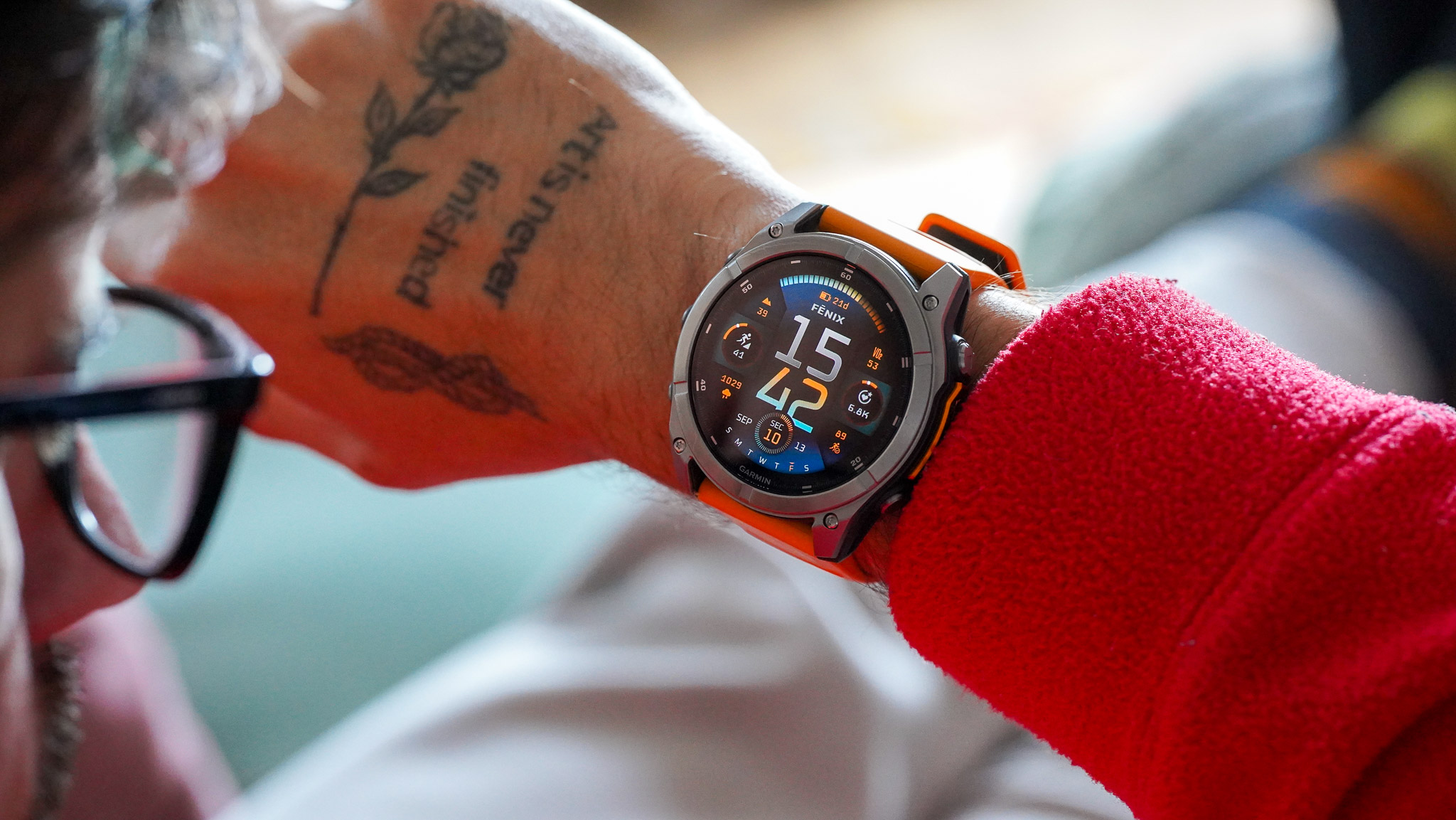

Specifications
Reasons to buy
Reasons to avoid
Garmin’s Fenix 8 builds on a legendary outdoors watch, levelling up with meaningful enhancements and rugged appeal. The headliner is the new AMOLED display, a first for Fenix. You can still buy the watch with a MIP screen, though, in case you want to prioritise battery life over screen brightness.
The watch packs a multi‑band GNSS system with SatIQ tech, delivering fast, reliable GPS performance even under dense canopy or urban canyons. It features the latest Elevate v5 sensor for more accurate heart rate readings.
The all‑new dive mode supports scuba and freediving up to 40 m, complete with depth, time, and GPS‑tracked entry/exit points. This is backed by the leak-proof buttons, which is also a new addition to the franchise.
Battery life is impressive at 29 days in smartwatch mode (51mm version) and a staggering 70–120 hours GPS runtime (depending on settings); opt for the MIP solar version and you’re looking at up to 48 days and 100+ days in expedition mode!
Read our full Garmin Fenix 8 review.
Best for fitness tracking
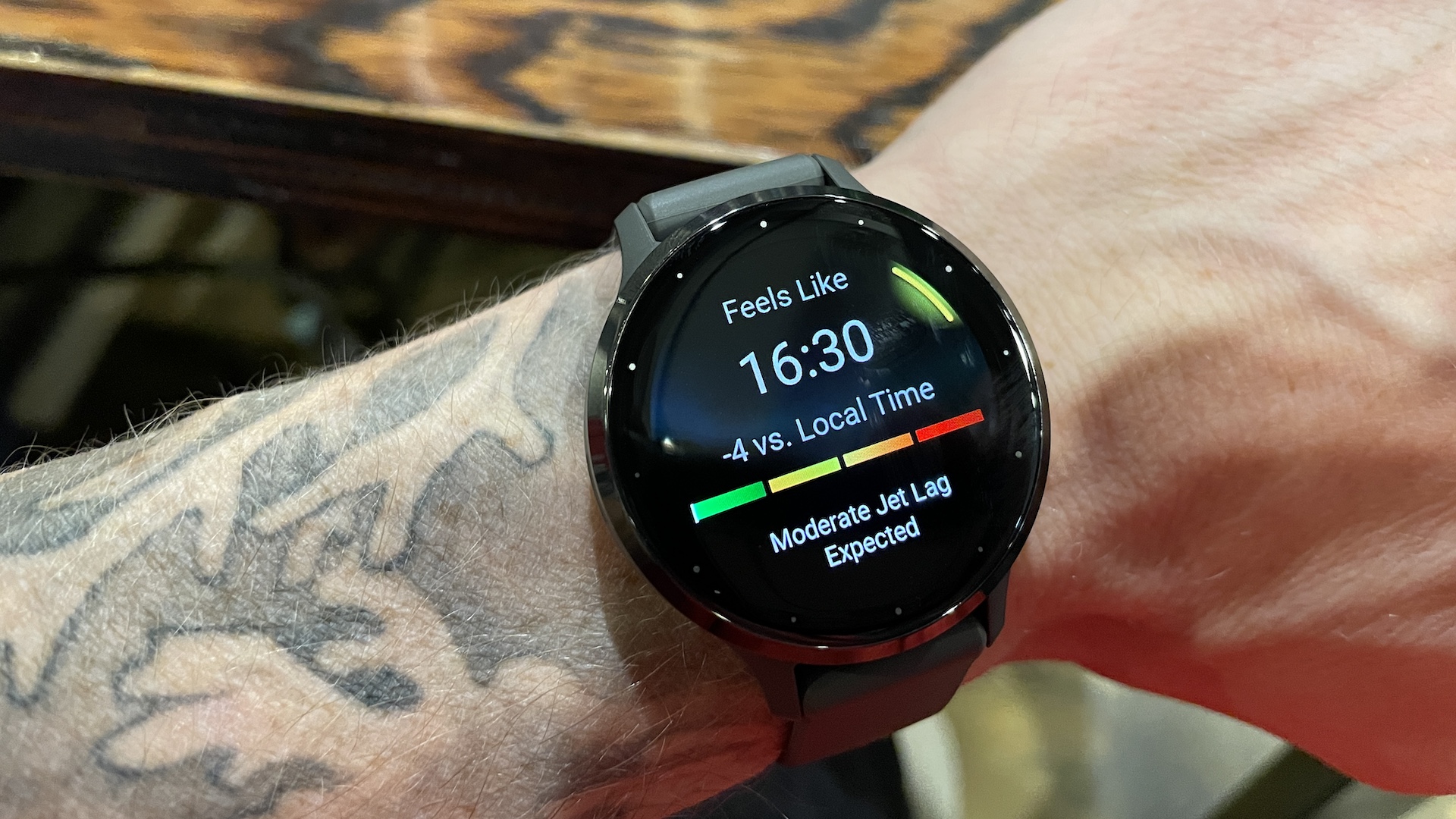

Specifications
Reasons to buy
Reasons to avoid
The Garmin Venu 3 presents a refreshing option for those familiar with the brand's line of performance wearables. Providing straightforward yet impactful health and wellness guidance, it taps into a wealth of data and metrics it quietly gathers throughout the day and night.
For those seeking a deeper dive into fitness data, Garmin's Connect app offers an abundance of information. However, for those preferring a more casual approach, the watch can serve as a reliable companion, effortlessly guiding you through a healthy lifestyle.
While the design may not be groundbreaking, its discreet appearance allows it to seamlessly transition from casual outings to more formal occasions, making it suitable for both the gym and social gatherings.
What truly sets it apart is its user-friendly interface, which boasts intuitive menus that effortlessly present the desired information with minimal effort. For those in search of a versatile watch equipped with Garmin's renowned suite of health and wellness features, the Venu 3 stands out as one of the top choices available.
Read our full Garmin Venu 3 review.
Best for sleep tracking
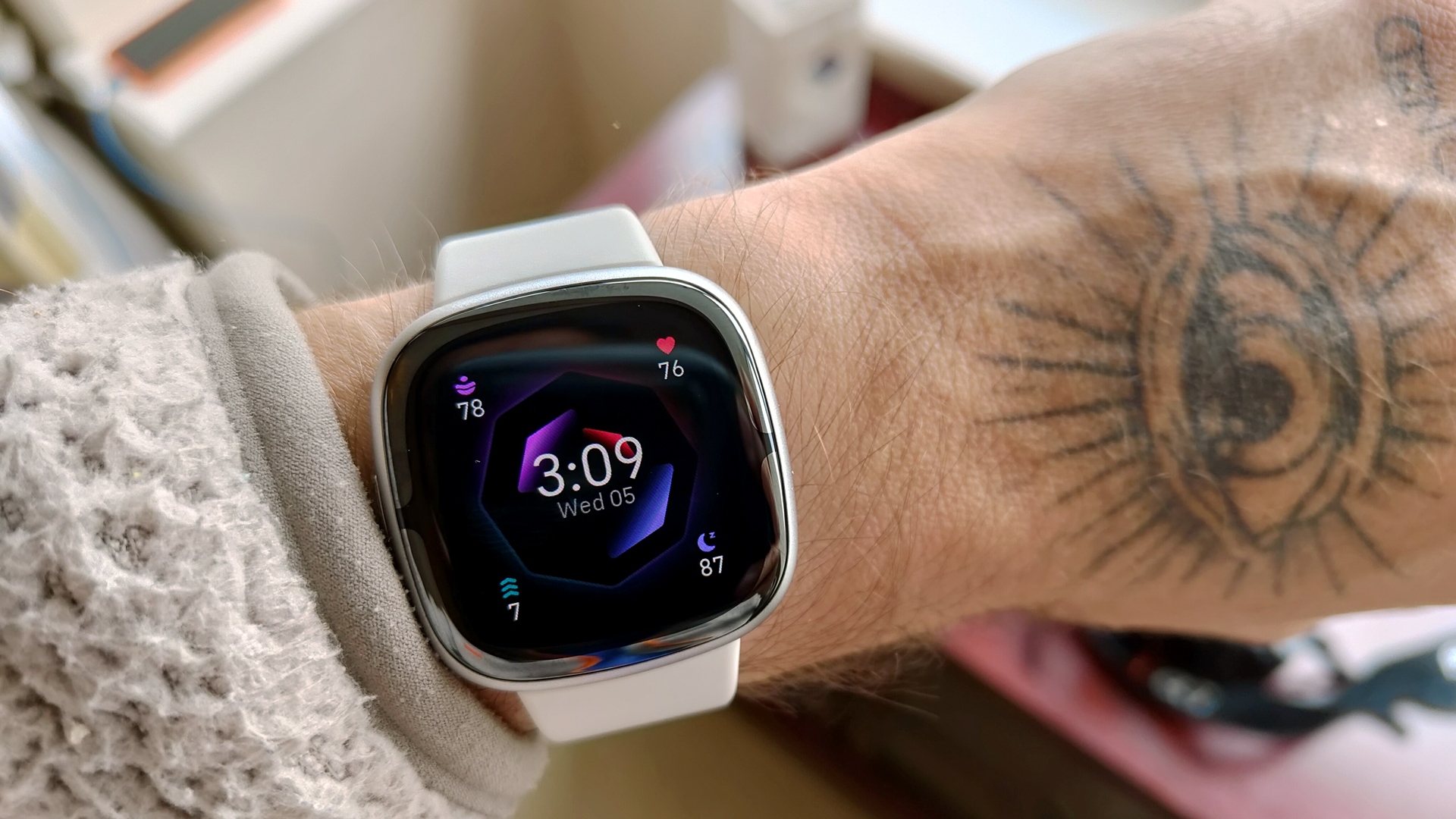

Specifications
Reasons to buy
Reasons to avoid
The Fitbit Sense 2 is an excellent health smartwatch, even better than its predecessor. It has a better stress tracking system, a more user-friendly interface, a physical button, and the same handsome design we all admire. Better still, the watch didn’t change the features that worked well, including passive activity tracking, sleep tracking, etc.
Sadly, some of the changes aren’t as welcome as others. The exclusion of WiFi support is a big no-no, not just because it makes music listening on the watch impossible, but because it also takes longer to update the watch. The fact that the WiFi integration is in the watch but cannot be turned on is nothing short of infuriating.
That said, it’s hard not to recommend the Fitbit Sense 2 as it’s just so pretty and user-friendly. Sure, it might be slower than the most cutting-edge wearables nowadays, and it certainly won’t replace the Garmin Forerunner 255 as anyone’s go-to training partner, but as a health-forward smartwatch, it’d be hard to find a better and more handsome option as the Fitbit Sense 2.
Read our full Fitbit Sense 2 review.
Honourable mentions
Thanks to some seriously cheap offers knocking about these days, the Apple Watch Series 8 might be a better option for the price-conscious iPhone user than the Series 9 or the Series 10. You miss out on the faster processor and gesture control, but you still get to experience that quintessential Apple user experience.
The Samsung Galaxy Watch 6 impressed with its sleek design, upgraded chip, and smooth performance. It excels in health tracking with features like body composition, ECG, sleep, and blood pressure monitoring. Not a bad option, especially since it sells for a lot less than it did a couple of years ago.
In our Garmin Venu 2 review, we called the predecessor of the Venu 3 a 'stunning fitness watch with amazing battery life and a beautiful AMOLED screen'. Even though the new model is out, the Garmin Venu 2 is still a solid choice for those smartwatch users who need a reliable training partner.
The Huawei Watch GT 4 is a brilliant update over the Watch GT 3, and it was an excellent value-for-money wearable even at full price, let alone these days. Like similar Huawei watches, we'd recommend it to people who aren't keen on getting a diehard running watch but would like to have the option to track their physical activities accurately.
How to choose the best smartwatch for you
If you're struggling to choose a smartwatch, here are a few things to consider. In terms of compatibility, Apple Watches only work with iPhones, but smartwatches running Wear OS, Garmin and Fitbit are compatible with both Android and iPhone.
Smartwatch prices can range from very affordable to pretty expensive. Paying more will get you enhanced health and fitness tracking and build quality. Anything more expensive than an Apple Watch, and you're paying for prestige branding and exclusivity.
Battery life also varies from model to model, with the Apple Watch lagging behind the competition. If a maximum of 36 hours of battery life isn't good enough for you, then opt for Huawei, Fitbit or Garmin, which offer battery customisation options and often month-long battery life.
All smartwatches will do some level of fitness tracking these days, but if you're training for a marathon or triathlon then you'll want a more serious running watch from Garmin or Polar. Most smartwatches have at least a heart rate sensor, and some of them can measure ECG, blood oxygen, EDA (stress), monitor sleep etc. The Huawei Watch D can measure blood pressure on the wrist.
All smartwatches have Bluetooth and a few even boast built-in WiFi – that's how they connect to your smartphone. Some have a 4G/Cellular connection as well, which means you can stream music, and receive messages and calls, even if you've left your phone at home. It costs extra and probably isn't worth it for most.
If you're looking to buy a smartwatch for your child, then check out T3's guide to the best smartwatch for kids, because while an Apple Watch or Samsung might be okay for teenagers, they certainly aren't ideal for younger children.
And finally, while most of these smartwatches will count your steps, track your workouts, and measure your heart rate if you're really serious about exercise (like training for a marathon serious), then we suggest you take a look at the best running watches, best fitness trackers or best outdoor watches.
How we test the best smartwatches
We spend a lot of time reviewing the latest smartwatches, so when it comes to recommending what smartwatch to buy, you can be safe in the knowledge that we'll recommend the best options for you.
We'll usually spend a week or longer testing the latest smartwatches. We try out the very latest features to see if they work and if they're useful. This might be a new health monitoring tool, a new fitness tracking mode, or how comfortable a new strap is. We test everything in-depth, so if it's a new fitness feature, for example, we'll get our fitness editor to review it thoroughly.
All of these new features also get tested alongside everything a smartwatch should be classically good at, such as how bright and clear the display is, how reliable the smartphone connection is, how long the battery lasts, and how comfortable it is to wear every day.
Once the initial review period is complete, we'll publish a full review, give the smartwatch a star rating, and add an abridged review to this guide. If the smartwatch is then substantially updated after our initial review, we might choose to revisit that model to see if we need to change our verdict.
FAQ
Can I leave my phone at home and use my smartwatch?
Yes, in many cases, you can leave your phone at home and still use your smartwatch for various functions.
Smartwatches with standalone connectivity options, such as built-in cellular or Wi-Fi capabilities, like the Apple Watch Series 9, allow you to make calls, send messages, stream music, and even use certain apps directly from your smartwatch without needing your phone nearby.
However, the specific features and functionalities available without a phone will depend on the make and model of your smartwatch and the compatibility of your smartwatch with your mobile network provider.
It's essential to check the specifications and capabilities of your smartwatch to determine its standalone functionality.
What are the top 3 smartwatch brands in the world?
The top three smartwatch brands are Apple, Samsung, and Garmin. Apple leads with its Apple Watch series, known for design and integration. Samsung's Galaxy Watch series offers advanced health and fitness tracking. Garmin excels with rugged, high-performance watches favored by fitness enthusiasts and outdoor adventurers for precise GPS and activity tracking.
Are cheap smartwatches worth it?
Cheap smartwatches can be worth it depending on your needs. They often provide basic features like notifications, fitness tracking, and timekeeping. However, they may lack the advanced health monitoring, build quality, and app ecosystem of premium models. For casual users or those on a budget, they can be a good value.
Get all the latest news, reviews, deals and buying guides on gorgeous tech, home and active products from the T3 experts

Matt Kollat is a journalist and content creator who works for T3.com and its magazine counterpart as an Active Editor. His areas of expertise include wearables, drones, fitness equipment, nutrition and outdoor gear. He joined T3 in 2019. His byline appears in several publications, including Techradar and Fit&Well, and more. Matt also collaborated with other content creators (e.g. Garage Gym Reviews) and judged many awards, such as the European Specialist Sports Nutrition Alliance's ESSNawards. When he isn't working out, running or cycling, you'll find him roaming the countryside and trying out new podcasting and content creation equipment.
- Spencer HartStyle and Travel Editor